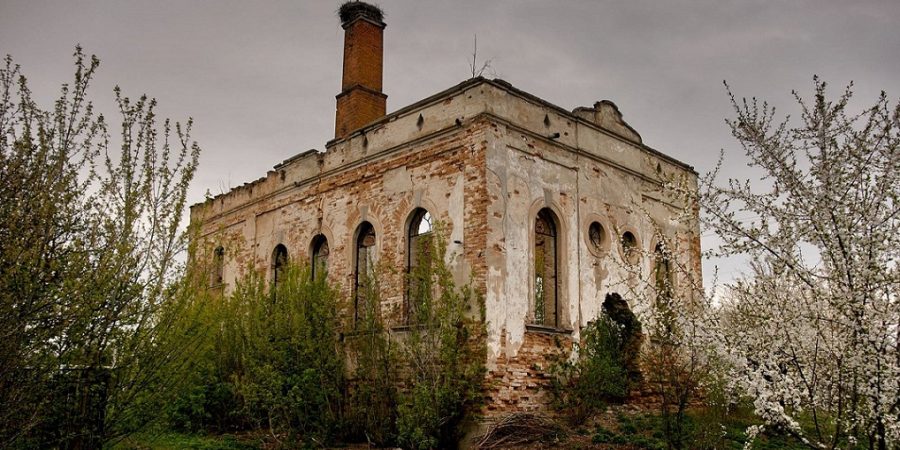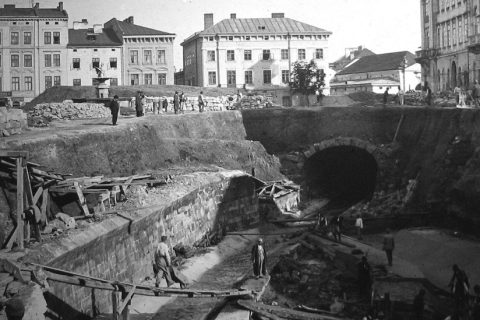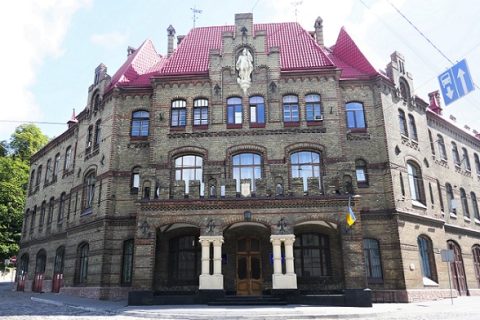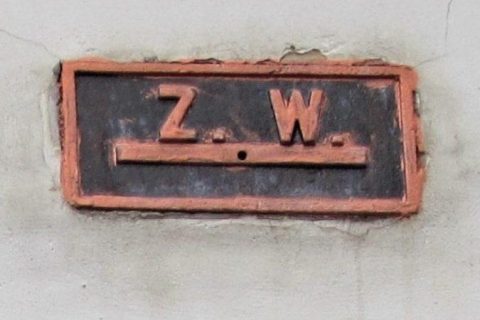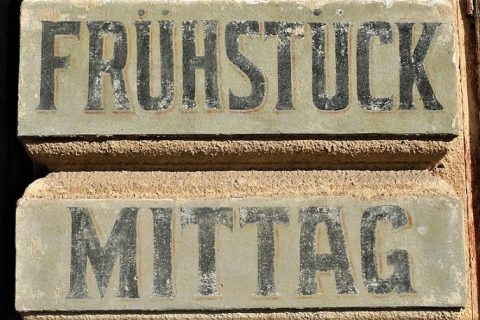Vanished World: Galicia’s Lost Synagogues
Galicia was once home to a large Jewish population. Before the war, Jews were the third most numerous ethnic group in the region, after Poles and Ukrainians, and all Galician cities and towns had vibrant Jewish communities. Much of this heritage was destroyed during the war and most of what […]
Read More
